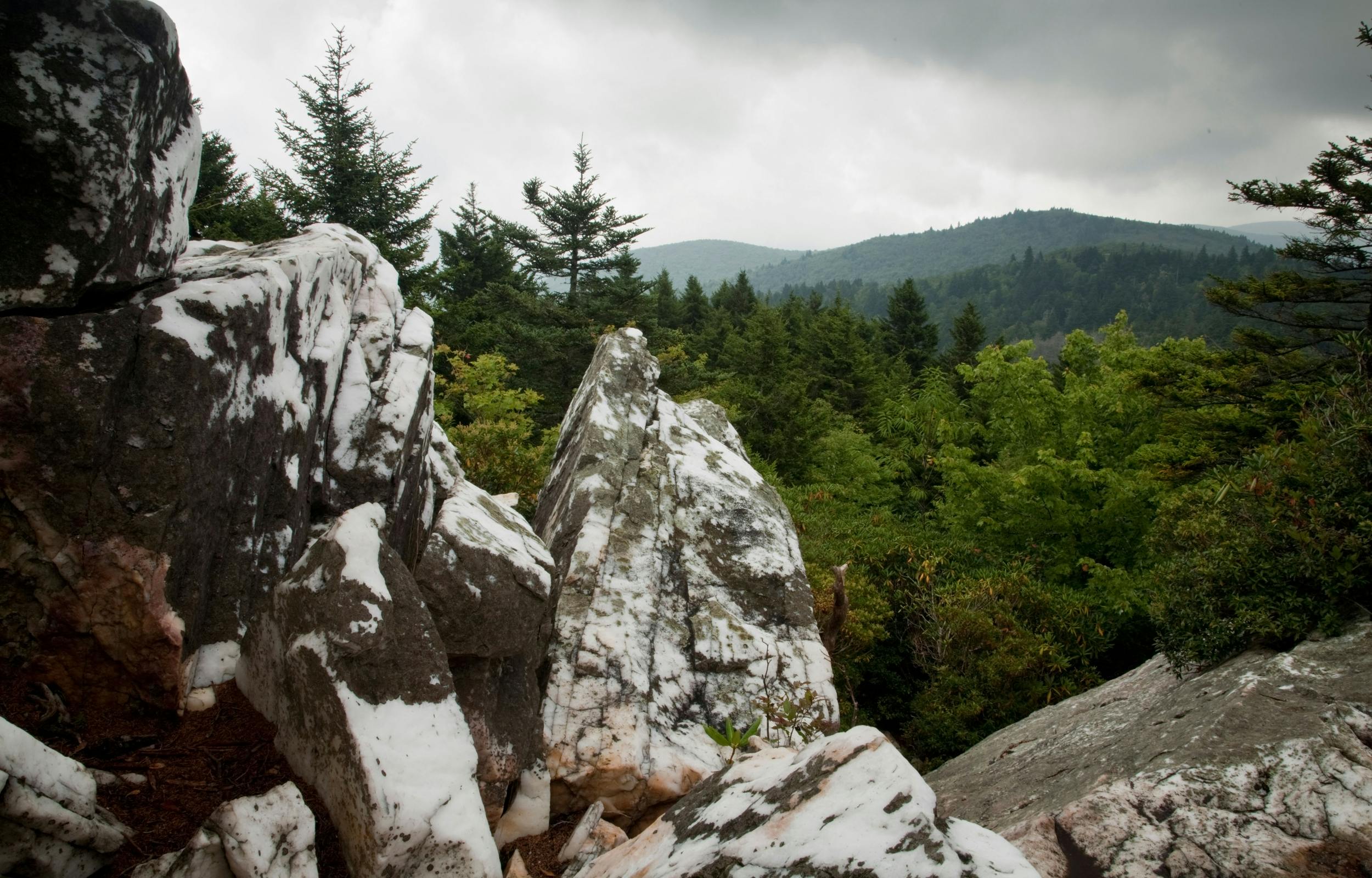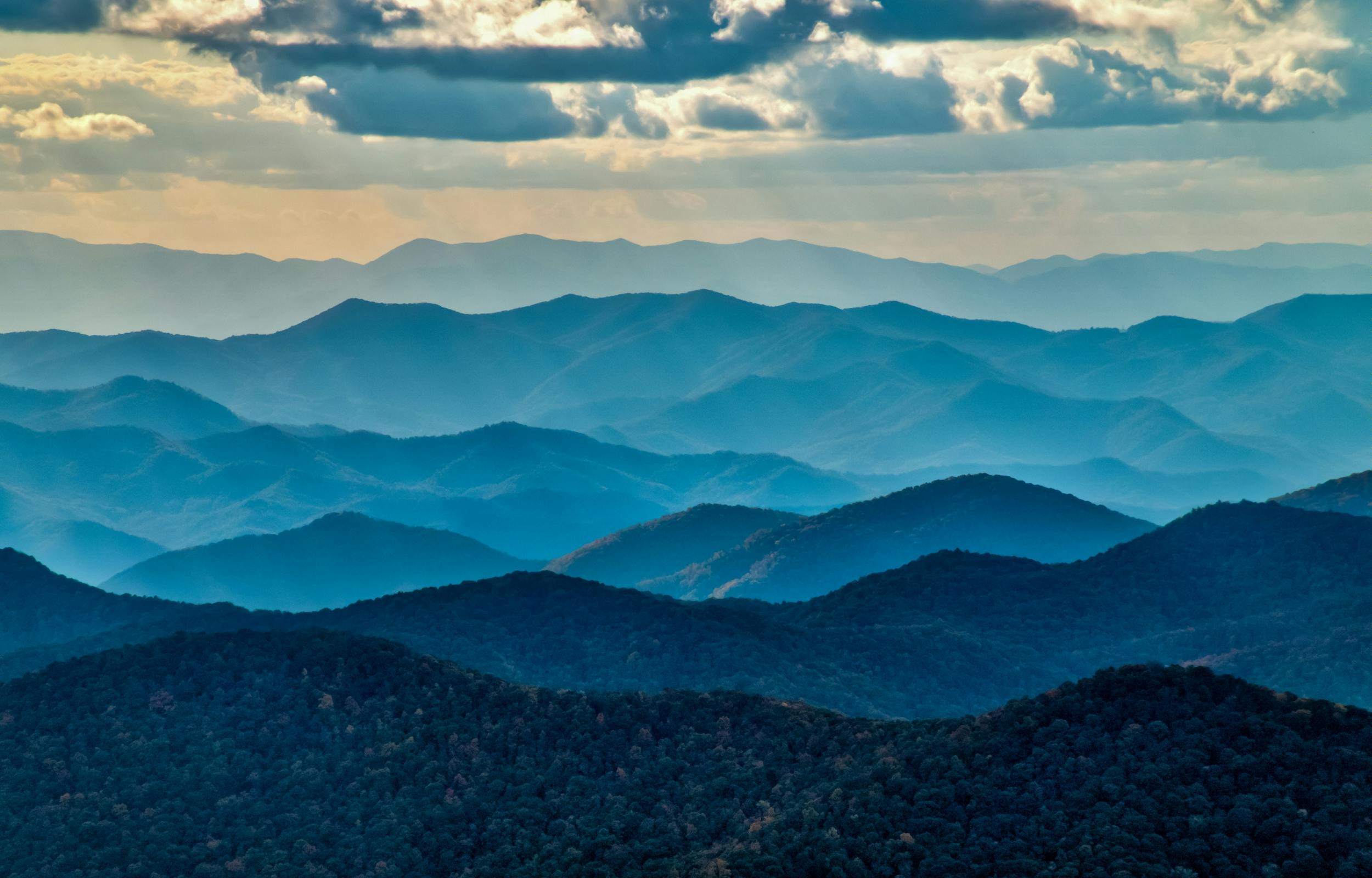Geology
Our quartz was created by nature more consistently pure than anywhere else in the world
350 million
years ago the Appalachians were formed
2400 km
long mountain range
12%
of earth's crust is quartz
Despite being the second most abundant rock-forming mineral in the earth’s crust, quartz from Spruce Pine is especially prized due to its mineral characteristics.
The area is home to unique granitic pegmatite rocks relatively devoid of contaminants because of the geological conditions under which they were formed.

The work of eons
When ancient North America and Africa collided to create the supercontinent of Pangea, the Appalachian Mountains rose at the heart of this giant landmass. The result of those tectonic forces caused oceanic crust to sink underneath North America. This subduction brought oceanic sediments and basalts into higher temperature and pressure zones as they approached the mantle. Ocean sediments melted as a result and created the magma that would slowly cool to form the Spruce Pine pegmatites almost free from inclusions.

Our corner of Appalachia
The Appalachians predate the Himalayas, the Alps, and the Rocky Mountains. The range traverses the North American continent. North Carolina is home to the Blue Ridge Mountains, a subrange of the mighty Appalachians known for their iconic blue haze.